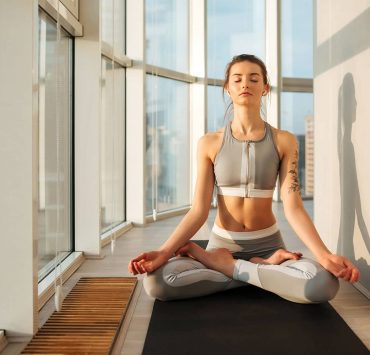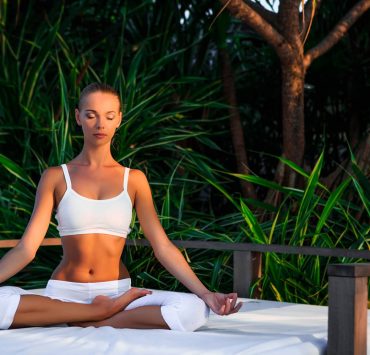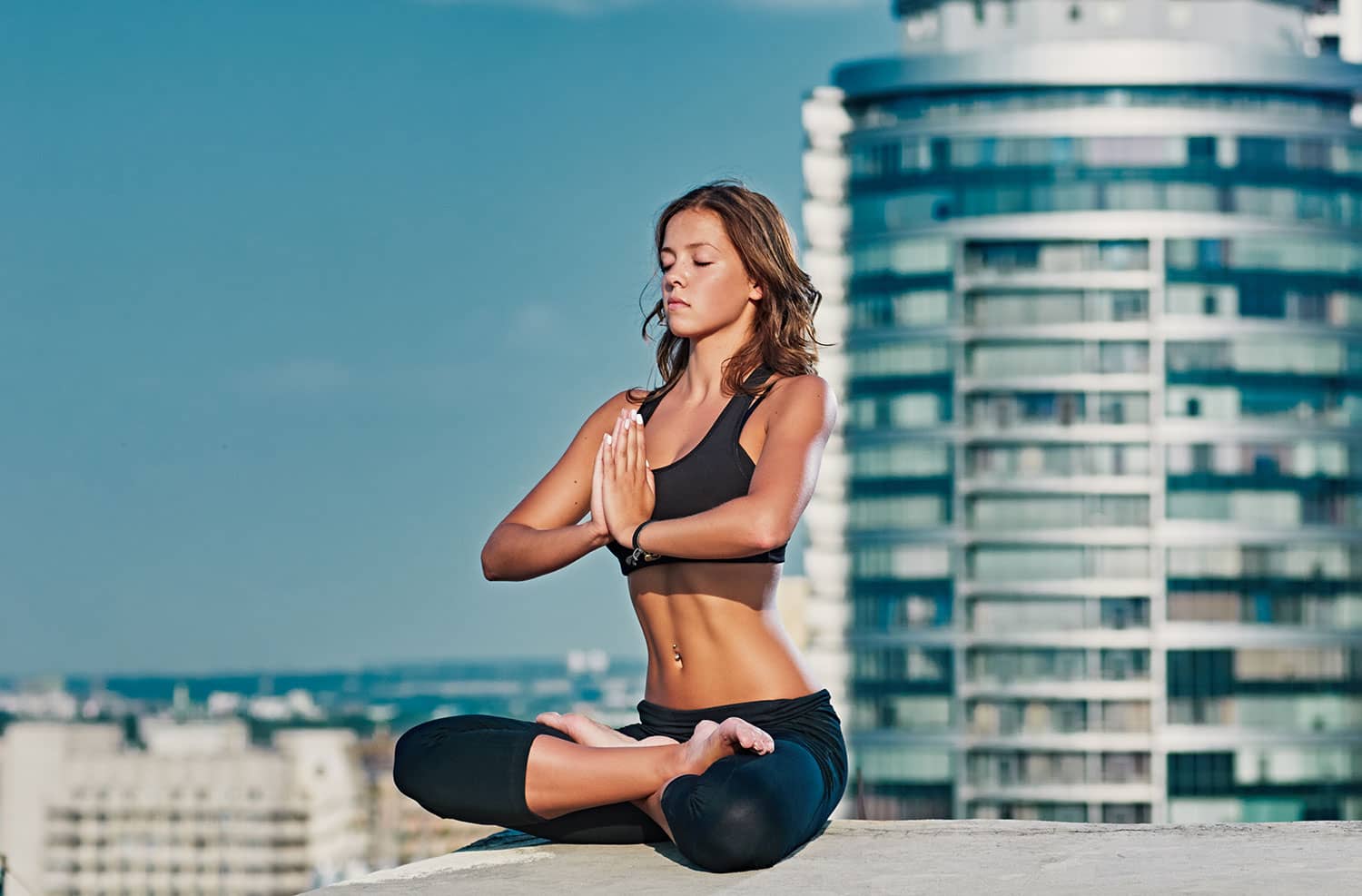
Former nutrition specialist Alexandra Mackenzie knows what it means to…
Many people want to try meditation but have no idea where to start. The best part about meditation is that the practice can happen any time and anywhere. All you need is a few minutes to sit and be mindful and watch as the practice starts to change your life.
Meditation Time Commitment

When it comes to meditation, it is important to understand that it doesn’t have to be a huge time commitment. Often we hear about gurus or monks who meditate for hours a day. While in theory that sounds great, most of us don’t have hours a day to devote to a meditation practice.
Start Out Small
The key to starting a consistent meditation practice is to start out small. This could mean sitting still for 3 minutes. Getting in the habit of taking time to sit still will help cultivate a meditation practice. As time goes on, work on sitting for a bit longer. Build up to 20 minutes per day or 20 minutes twice per day.
Where Does Meditation Come From?
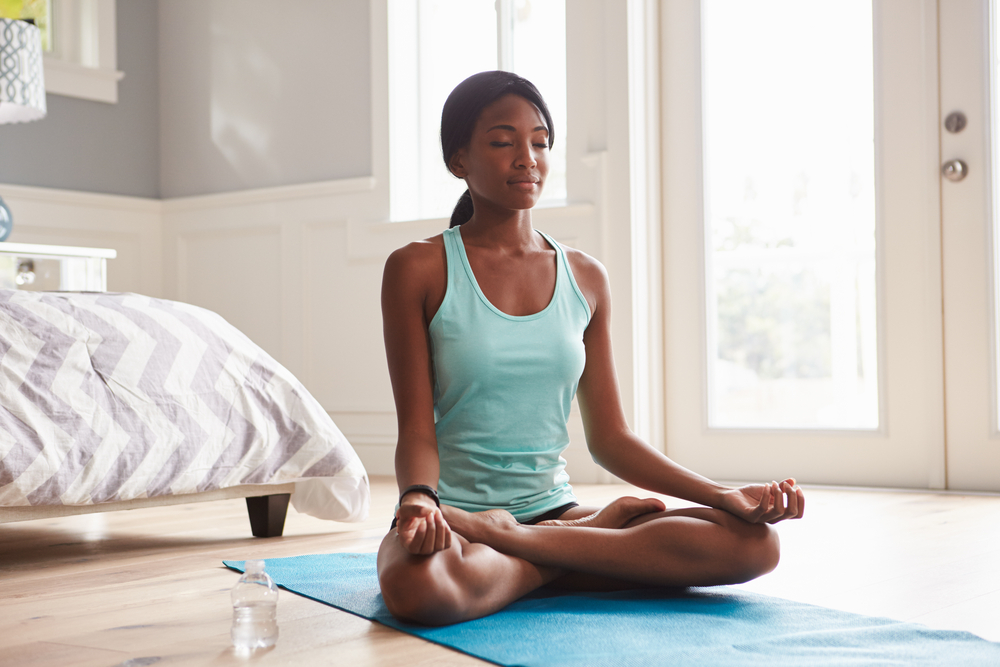
Meditation is an ancient practice. A study by Davanger in 2008 shows that the Neanderthals potentially demonstrated meditative capabilities. It is unknown when the actual practice of meditation started. According to Positive Psychology, the oldest written records of “training the mind” come from 1500 BCE in India. It is also stated that there are images depicting meditation in India dating all the way back to 5,000 to 3,500 BCE. Meditation was also referenced in China between the 3rd and 6th centuries BCE.
The practice of meditation was first introduced to western cultures in the 1700s. This is when texts from India like the Upanishads and Bhagavad Gita got translated into European languages
Since ancient times meditation has spread across many different cultures. The great part about meditation is that it can look different for everyone! For example, Christians often say they are “meditating on the word of God”. Yogis like to sit in quiet meditation after periods of movement. Some religions like to chant while they meditate. It is amazing that this practice has stuck around for thousands of years.
Benefits of Meditation
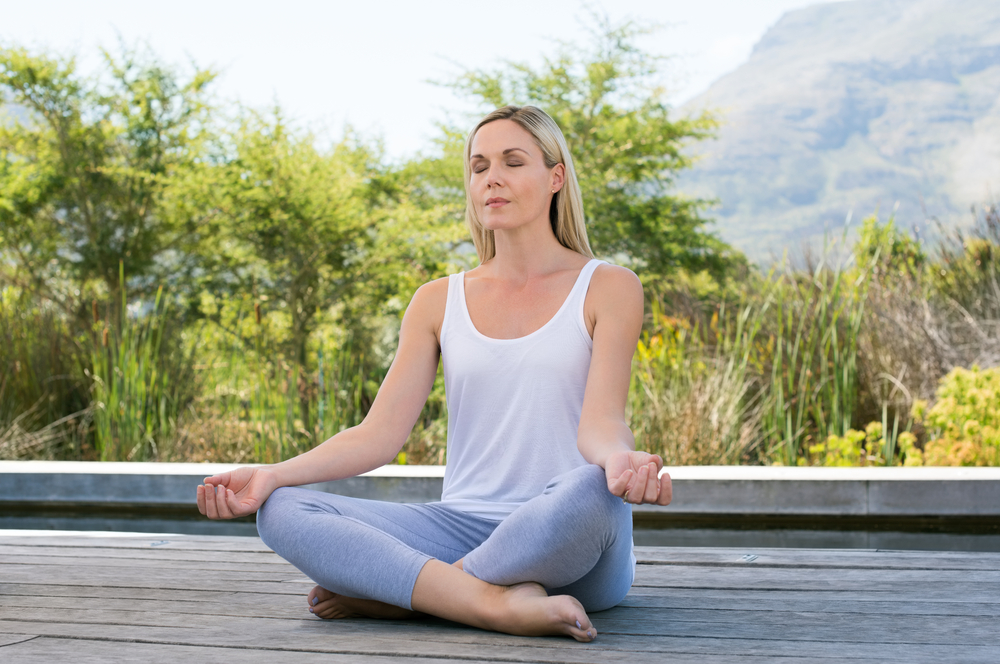
One of the reasons meditation is still practiced today is due to the endless benefits it has on our health. In ancient times, people didn’t have scientific research telling them that meditation was good for their health. They could feel the positive effects. Today, we have a plethora of research and studies done on meditation. This research gives us physical evidence that meditation is good for our wellbeing.
Physical Benefits
Mayo Clinic mentions a variety of conditions where meditation can help ease symptoms. While meditation is not a replacement for traditional treatments, it can help. Meditation can help reduce symptoms from anxiety, asthma, cancer, chronic pain, depression, heart disease, high blood pressure, irritable bowel syndrome, sleep problems, and tension headaches.
Emotional Wellbeing Benefits
Mayo Clinic also stresses the emotional benefits that come from meditation. These include things like gaining new perspectives and focusing on the present.
The Science Behind Meditation
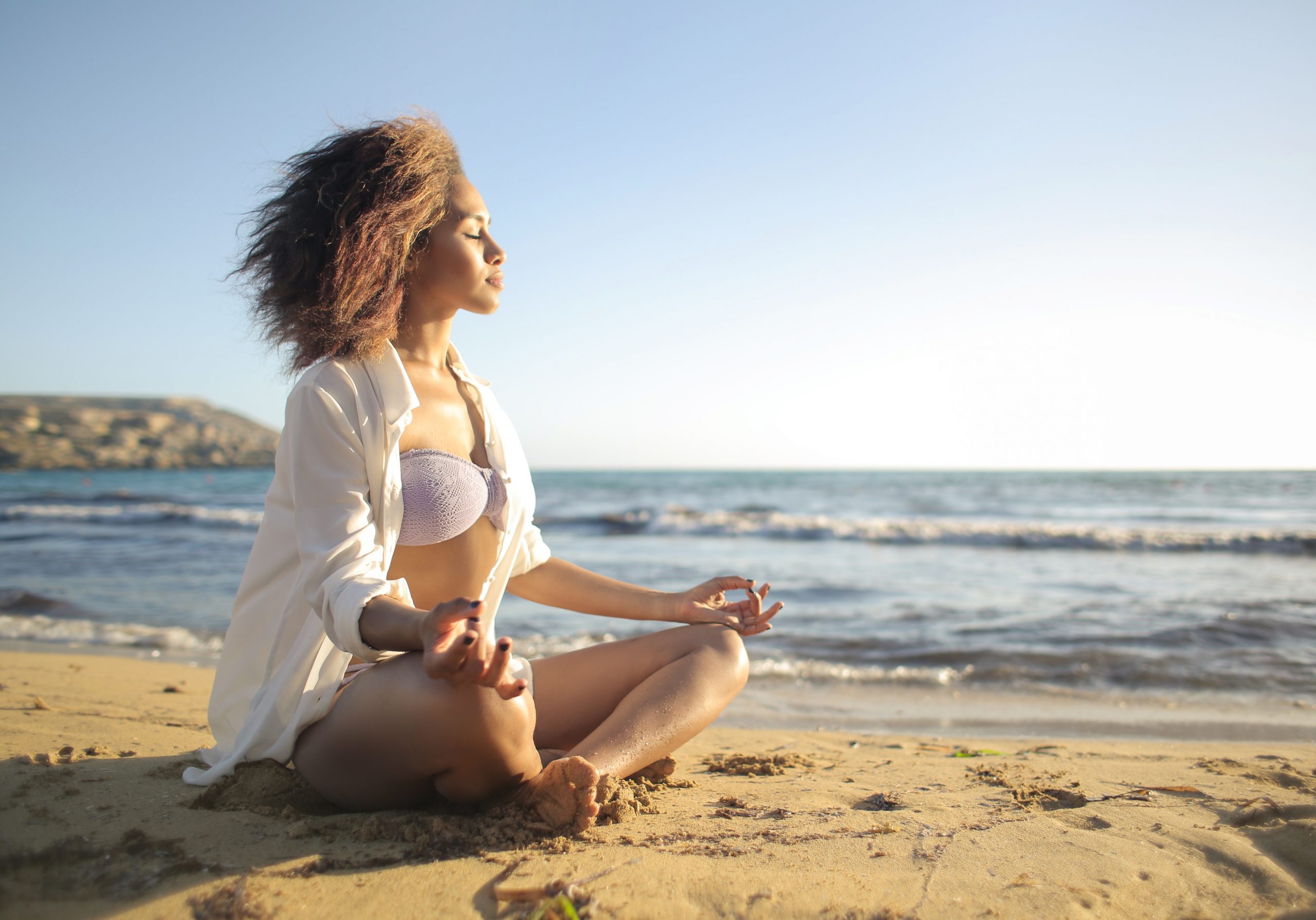
In 2012, a researcher from Harvard named Gaëlle Desbordes, performed MRIs to see how people were affected by meditation. First, she showed participants images of emotional content and looked at the activation of the amygdala. The amygdala is the brain’s center for processing emotions and fear. Participants then went through 8 weeks of practicing mindful attention meditation. After the 8 weeks, the participants received a second MRI. The second MRI was done while participants were not meditating but performing everyday tasks. The second MRIs showed that the amygdala was less activated than it was in the original scan. This study showed that changes in the brain occur from a meditation practice even when not meditating.
Another fascinating meditation study came out of Harvard by Sara Lazar in 2012. She used fMRIs to show that participants had thickening of their brains after an 8-week meditation course.
A study in 2012 showed meditation’s effect on inflammation. After completing an 8-week Mindfulness-Based Stress Reduction program, there was a reduction in the inflammatory response people experience from stressors.
A study done in 2015 shows how meditation can help our brains to remap activity. The study showed that mindfulness reduces activity in the amygdala. It also increases connections from the amygdala to the prefrontal cortex. This helps people be less reactive to stress. It also allows them to recover more easily after experiencing a stressful event.
Scientific studies on meditation can be difficult because there are so many different types of meditation. Despite the wide variety of options, many medical professionals see the science behind meditation and recommend it to patients with a wide range of ailments.
Types of Meditation
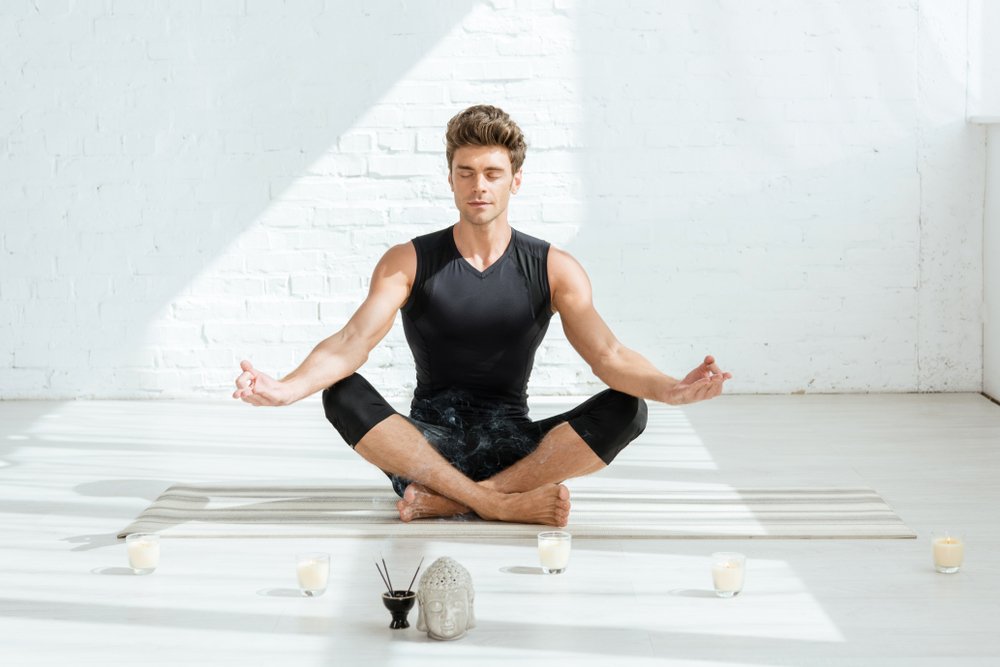
As mentioned above, it can be difficult for beginners to sit down and meditate. The best practice is to start out short and grow from there. Instead of setting a goal to meditate 20 minutes each day, at first, aim for 5. As your practice grows, you will find yourself meditating for longer amounts of time. It also depends on the type of meditation you are practicing. For example, transcendental meditation recommends practitioners to meditate twice a day. Each session is 20 minutes long. Other forms of meditation like walking meditation are much more free-flowing and don’t have set time commitments.
Transcendental Meditation ®
This practice of meditation is best when it is taught by a teacher to a student. First, the teacher will give the student a mantra. This is a word or vibration that the student will say in their head as they mediate. The idea is the meditate twice a day for 20 minutes each. Try to practice before breakfast and before dinner. During the practice, the student will repeat the mantra in their head.
Mindfulness Meditation
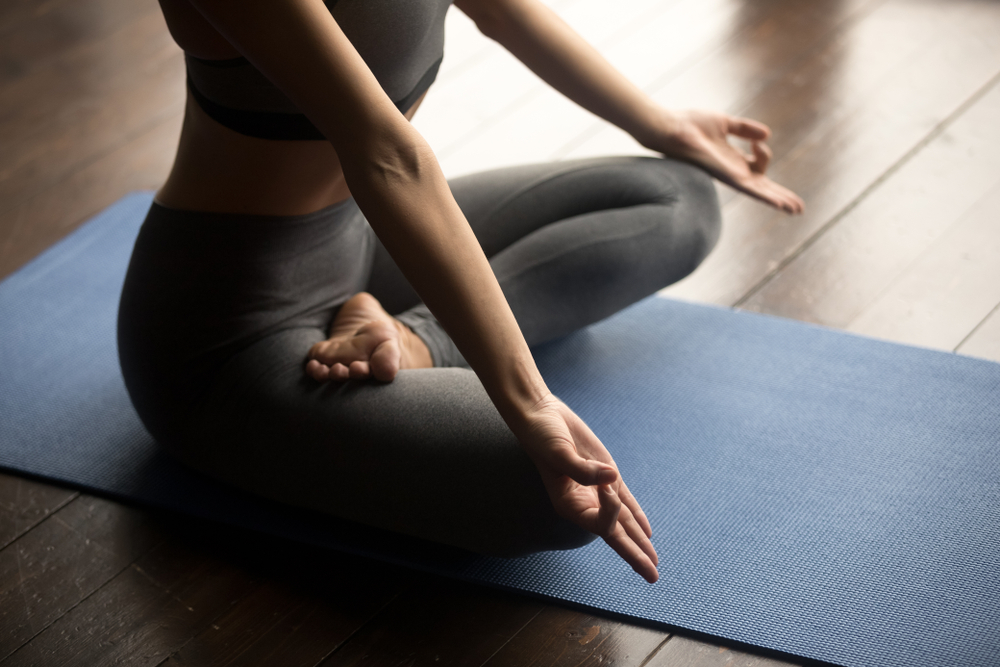
Mindfulness meditation is the practice of sitting and noticing thoughts without judgment. When a thought comes in during meditation, recognize and acknowledge it without placing layers of labels and judgment on it. Start out short and work your way up to meditating for 20 minutes.
Guided Meditation
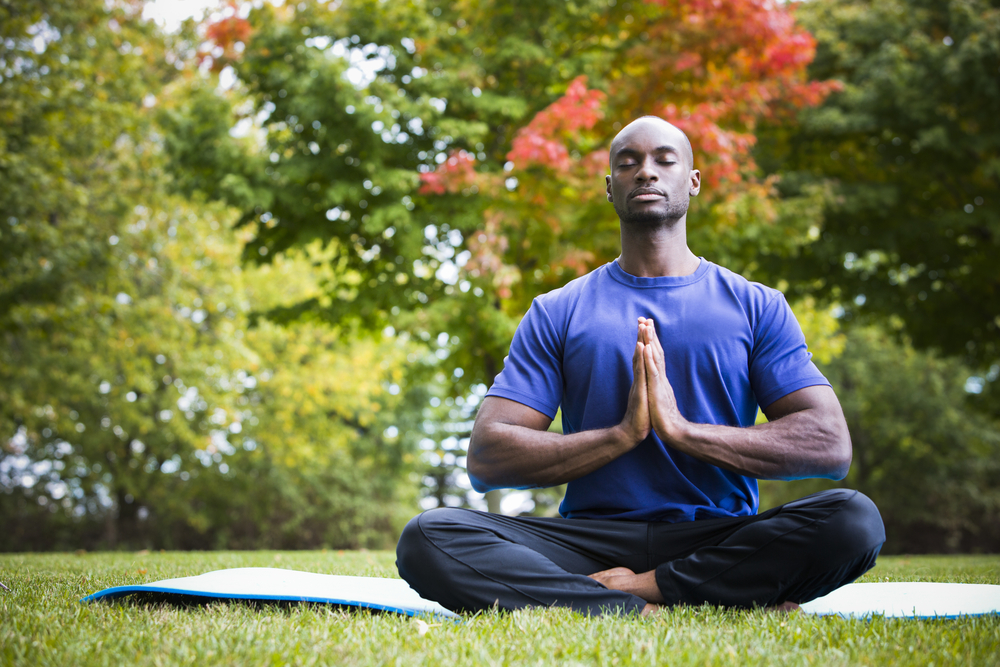
Guided meditation is great for practitioners who have no idea where to start. A teacher through an app or other recording will guide you along a meditation journey. Two popular guided meditation apps are Calm and Headspace. The apps have meditations with different time parameters such as 5. 10, 15, and 20 minutes. This allows practitioners to pick a time limit they are comfortable with. When they are ready, they can build up to longer sessions.
Movement Meditation
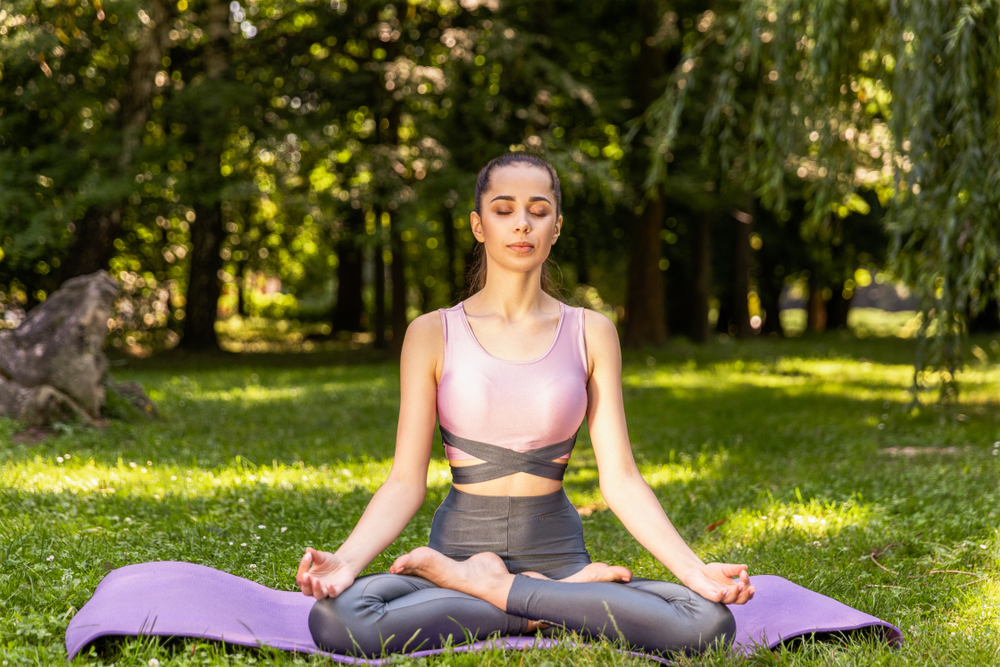
Have you ever felt a great sense of calm while out on a walk or doing yoga? If the answer is yes, then you experienced the benefits of movement meditation. This type of meditation requires the practitioner to be mindful during their movement. The goal is to pay attention to the information coming in through the senses. For example, as you are out on a walk, notice the sounds you hear such as the leaves crunching underneath your feet. If you like to practice yoga, be mindful of your breath and how it integrates with the movements. Movement meditation can be performed during many activities. These include walking, running, yoga, Tai Chi, gardening, qigong, and more!
Loving Kindness Meditation
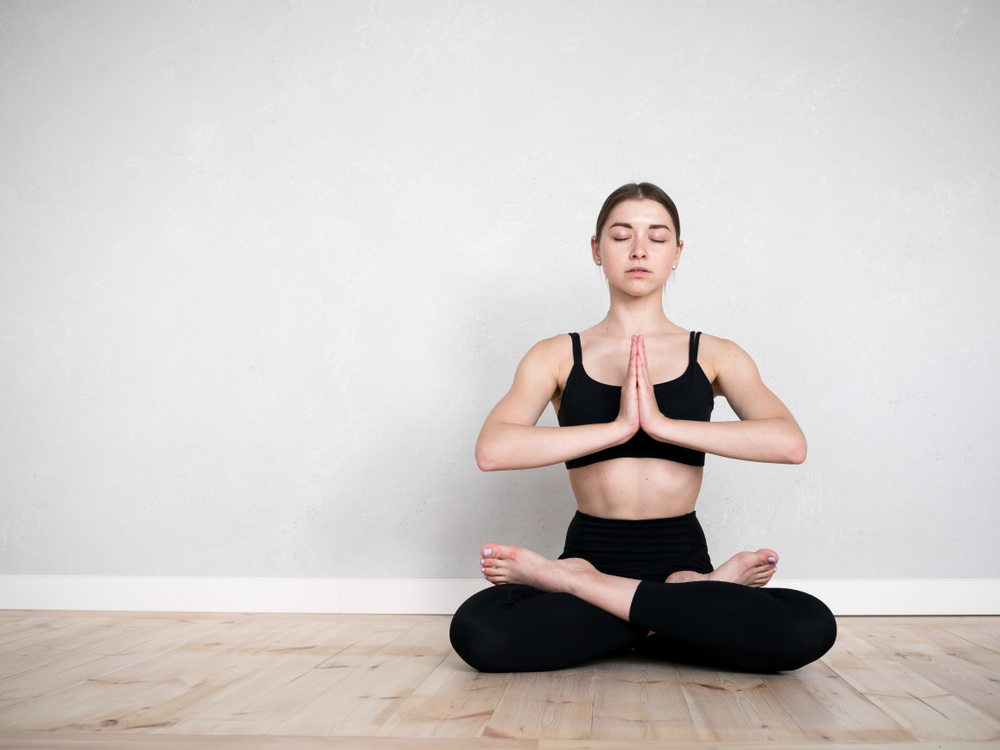
This is a meditation for practicing kindness and empathy to yourself and others. The meditation starts out by sending and receiving loving-kindness from loved ones. Next, practitioners send loving-kindness to neutral people in their life. At the end, practitioners send loving-kindness to all living beings around the world. This meditation takes about 15 minutes once a day. At first, it can be a lot to remember all the steps to take to send and receive loving-kindness. The Greater Good Science Center provides a guided recording of the meditation.
Body Scan Meditation
This type of meditation should take anywhere from 20-45 minutes. The Greater Good Center notes that people who practice the body scan for longer amounts of time can get more benefits. This meditation is a practice of scanning the entire body from your feet up to your head. The idea is to notice sensations when they arise. Sensations include tingling, warmth, heaviness, lightness, and more. This type of meditation is often practiced with a guided recording but can be practiced on your own as well.
Which Type and Length of Meditation Are Right For Me?
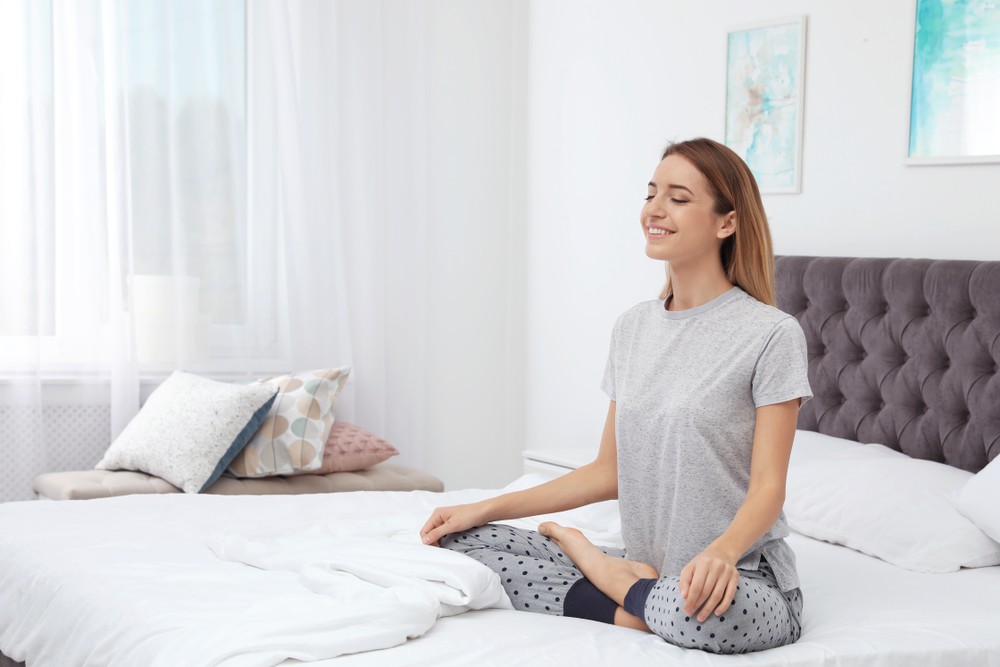
Listed above are a few types of meditation out of the many styles available. To find out which type of meditation and which length of meditation is best for you, it is important to try out a variety of different styles. For example, try a 10-minute mindfulness meditation session one day and a 20-minute body scan the next. Take notes on how you feel after each one to determine which works best for your mind and body. Remember, when it comes to meditation there is no right and wrong answer. The idea is working to find a practice that helps you cultivate a sense of calm and peace within your body.
I’m Bad at Meditation, Now What?
Often beginners state that they are bad at meditation and can’t shut their minds off. This is discouraging and can cause new practitioners to give up the practice. It is so important to understand that this is normal! Meditation does not mean you sit for 20 minutes with no thoughts at all. Thoughts are always flowing. We can’t stop them. Notice these thoughts without judgment and return to the meditation practice. This means returning to your mantra, your breath, your body scan, or your senses. Don’t think that you are doing something wrong because you have a lot of thoughts! Remember, meditation is for everyone! You don’t have to be a monk or a yogi to take part in this peaceful practice.
What You Will Need to Meditate
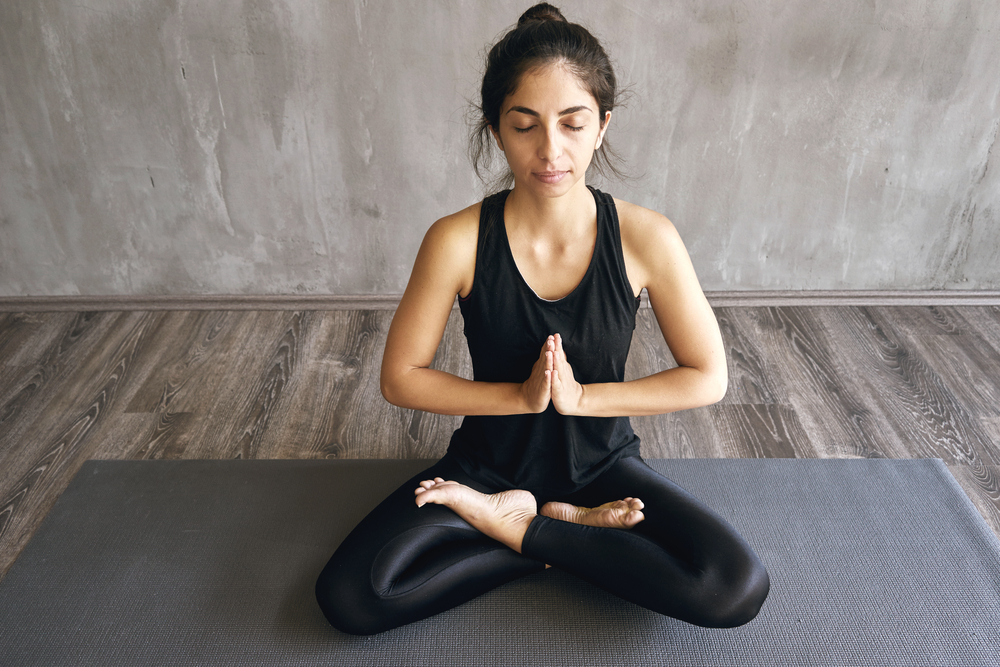
- Quiet space
- Cushion or bolster
- Blanket
- Back support
- Comfy clothes
- Headphones if doing a guided meditation
- Candles
- Essential oils
- Journal and pen
Step-by-Step Instructions to Meditating
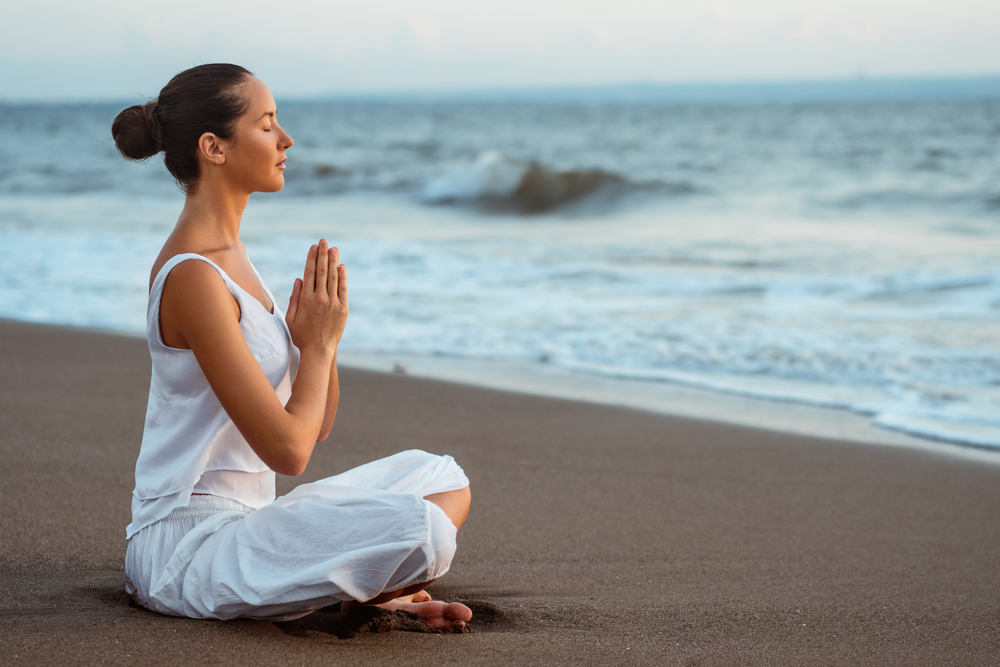
- Find a quiet spot. Light candles or diffuse essential oils if you want.
- Get comfortable. You should not feel any aches and pains while meditating as that will be distracting. Make sure you have back support if needed as it can be difficult to sit up straight for long periods of time.
- If you are meditating without a recording, set the stopwatch on your phone. When you come out of your meditative state, check the time. This is much better than setting a timer that will ring once the time is complete. An alarm will often bring you out of your meditative state early and can be jarring.
- Close your eyes or gaze at an object in front of you. Put in your headphones if you are doing a guided meditation.
- Once the meditation is complete, journal about your experience.
- Experiment with different types of meditation and different amounts of time. See what works best for you.
- Make it your goal to work up to 20 minutes per day. People often see the greatest benefits of meditating for this length of time.
Meditation doesn’t have to be a long, drawn-out practice. In fact, you can start to see benefits after sitting quietly for a few minutes each day. Start small and work your way up to 20 minutes per day. The key is to be kind and gentle with yourself. Don’t judge yourself for only meditating for 5 minutes one day instead of 20. Also, don’t judge yourself for skipping a day. Remember, we are human! Taking time to be still and go within each day can be beneficial to your mental and physical health. Pick a time and a place and start your meditation practice today!
What's Your Reaction?
Former nutrition specialist Alexandra Mackenzie knows what it means to support the body and mind through food. She’s passionate about sharing her wealth of knowledge with anyone willing to listen.






